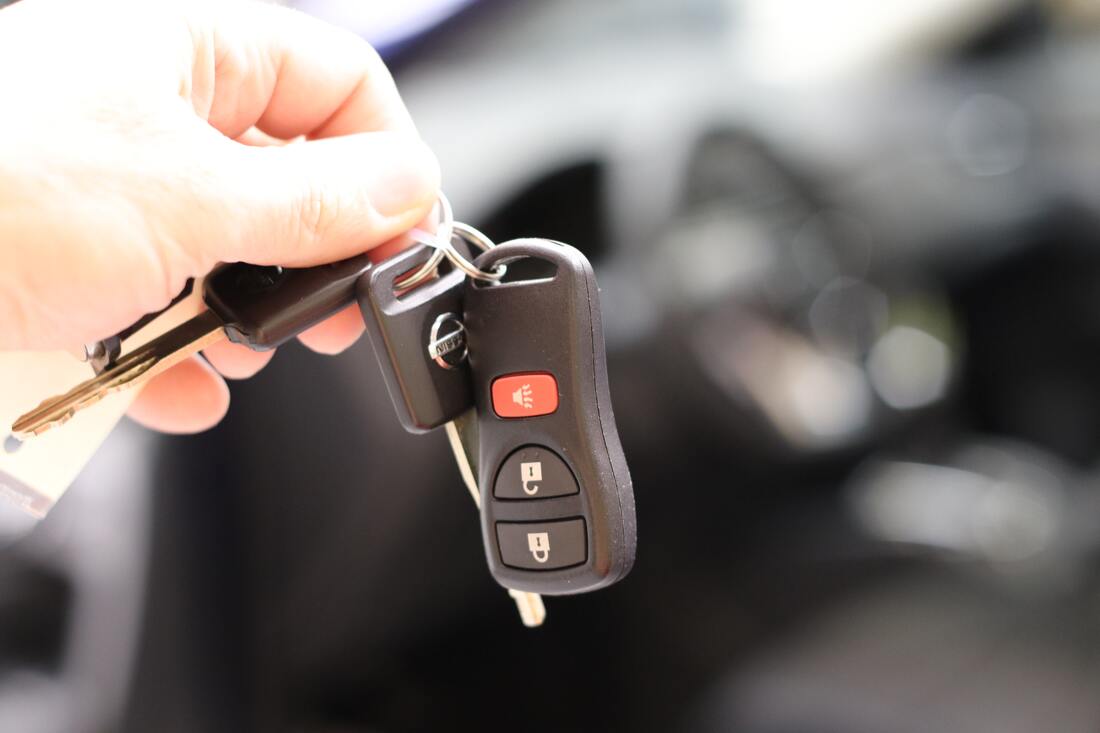|
My oldest son passed his learner’s test this spring and now must spend the next 6 months figuring out how to actually drive safely. This is a new experience for our family, and it brings back memories of my experience of learning to drive as a teen… it’s interesting how I remember the stress, conflict, and insecurity of that process – and we all have seen the stereotypes of anxious parents freaking out as their kids try hard not to make mistakes (and the tension increases since mistakes are inevitable).
I wanted my teen to be able to enjoy the process of learning this new life skill and create great memories of spending time together with me – and I wanted to avoid stress and anxiety for me, too! This brought me to the Nine Essentials of the Anat Baniel Method® NeuroMovement®. I already knew that following these Nine Essentials improves my clients’ ability to rewire their brains and learn new patterns of behaviour; I regularly use them for studying new concepts myself, and now I wanted to see how I could implement these principles while driving with my teen.
0 Comments
Take my hand and come with me
I want to teach you about ADHD I need you to know, I want to explain I have a very different brain Sights, sounds, and thoughts collide What to do first? I can’t decide Please understand I’m not to blame I just can’t process things the same Take my hand and walk with me Let me show you about ADHD I try to behave, I want to be good But I sometimes forget to do as I should Walk with me and wear my shoes You’ll see its not the way I’d choose I do know what I’m supposed to do But my brain is slow getting the message through Take my hand and talk with me I want to tell you about ADHD I rarely think before I talk I often run when I should walk It’s hard to get my school work done My thoughts are outside having fun I never know just where to start I think with my feelings and see with my heart Take my hand and stand by me I need you to know about ADHD It’s hard to explain but I want you to know I can’t help letting my feelings show Sometimes I’m angry, jealous, or sad I feel overwhelmed, frustrated, and mad I can’t concentrate and I lose all my stuff I try really hard but it’s never enough Take my hand and learn with me We need to know more about ADHD I worry a lot about getting things wrong Everything I do takes twice as long Everyday is exhausting for me Looking through the fog of ADHD I’m often so misunderstood I would change in a heartbeat if I could Take my hand and listen to me I want to share a secret about ADHD I want you to know there is more to me I’m not defined by it, you see I’m sensitive, kind and lots of fun I’m blamed for things I haven’t done I’m the loyalest friend you’ll ever know I just need a chance to let it show Take my hand and look at me Just forget about the ADHD I have real feelings just like you The love in my heart is just as true I may have a brain that can never rest But please understand I’m trying my best I want you to know, I need you to see I’m more than the label, I am still me!!!! – poem by Andrea Chesterman -Smith I found this poem online back in April of 2017, a few months after my husband and two of my children were diagnosed with Attention Deficit Hyperactivity Disorder (ADHD). This poem spoke to me, giving me a glimpse into the struggles and uniqueness that comes along with ADHD. Prior to the diagnosis it was easy to cast blame and just tell my child to be more aware and to do better. The diagnosis and subsequent learning about ADHD that I chose to do made me realize that there is so much more than just “trying harder.” There were feelings of failure and inadequacy in my children that broke my heart. By slowing down, taking their hands and by walking, talking, learning and looking with my children, we have all grown, matured and blossomed in our journey through life. We all want to be seen for who we are, not who people want us to be. May we all slow down, pause and cherish who we are and who we are becoming! The Anat Baniel Method® NeuroMovement® has played an integral role in our family’s ADHD journey. The spinning, whirling brain has calmed and slowed down during and after Neuromovement® lessons; the anxiety and feelings of failure have lessened and gone away; the ability to form coping techniques and organizational skills has improved; the vacant stare with loss of time and reality is gone, and lastly the sense of self and awareness of one’s surroundings have improved. I am grateful for each unique personality in my family; embracing the Anat Baniel Method® principles has also enabled me to more clearly see and appreciate the vibrancy and creativity in my family rather than fixating on the negatives. As a caregiver, changing my perceptions and seeing the goodness that has potential to grow, instead of focusing only on problems that need to be fixed, creates an environment that makes this growth and development flourish. |
AuthorLaura Friesen BMR(PT) is a certified Neuromovement Practitioner ArchivesCategories
All
|
Copyright © 2021 Friesen Holistic Wellness

 RSS Feed
RSS Feed